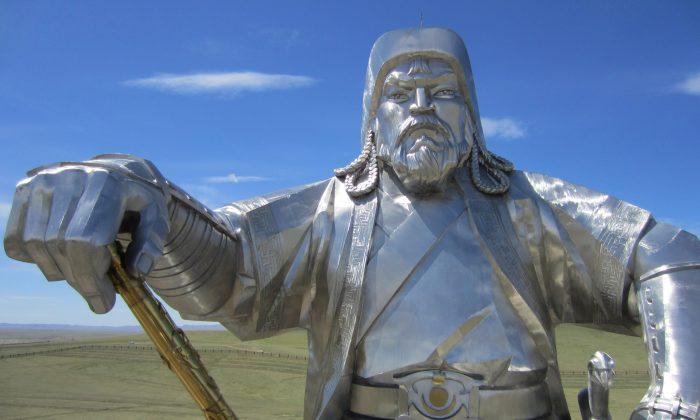The U.S. government’s use of trained psychics for military application has a history dating back at least a few decades.
Project Stargate was an umbrella codename for a project funded by the Central Intelligence Agency (CIA). It was created in response to intelligence reports that the Soviet Union was engaging in psychic research, according to the Federation of American Scientists (FAS).
Stargate, which was given several codenames between 1972 and 1995, employed “remote viewing,” a technique that uses powers of the mind to view distant scenes and individuals.
Started at the Stanford Research Institute in California in 1972, the project—originally called SCANATE, or scan by coordinate—consisted of gifted or talented individuals selected by the SRI that would be trained in psychic warfare. A minimum of 65 percent accuracy was desired, but higher levels supposedly could be reached with training.
As the project evolved through the 1970s, it was eventually combined with a pre-existing Army intelligence program called project “grill flame” in 1979. Operating out of Fort Meade, Md., the new group consisted of both soldiers and civilians who were considered to be psychically gifted.
By 1983, the program expanded to include a set of instructions that, in theory, would allow anyone to be trained in remote viewing and produce reliable data. By 1984, the project had conducted hundreds of remote viewing experiments.
Although the reported level of success of the program varies from source to source, the program allegedly had several successful sessions including locating a Soviet nuclear testing area at Semipalatinsk in 1974 and locating a downed Soviet Tu–95 bomber within several miles of the wreckage in Africa. Special Projects Intelligence Officer Joe McMoneagle said that he left the project after receiving a Legion of Merit award for providing information on 150 targets that could not be located by other means, according to the FAS.
The project continued until the mid 1990s, at which time it suffered from a series of infrastructural flaws that led to its evaluation by the American Institute for Research in 1995. After both positive and negative assessments were offered, the institute ultimately recommended the project’s termination.
The Stargate remote viewing program files are currently available, declassified, and stored at the National Archives and Records Administration.
Psychic Spies of the Cold War
Between the early ‘70s and mid ‘90s, the U.S. government allegedly used psychics in intelligence operations.
Save

A car rides between US tanks, in October 1961, across the famous border of the American sector in Berlin, at Checkpoint Charlie crossing point, the only one in the Berlin Wall between East (Soviet sector) and West Berlin (American sector) used only by diplomats and foreigners. AFP/Getty Images
By Paul Darin
Updated:



